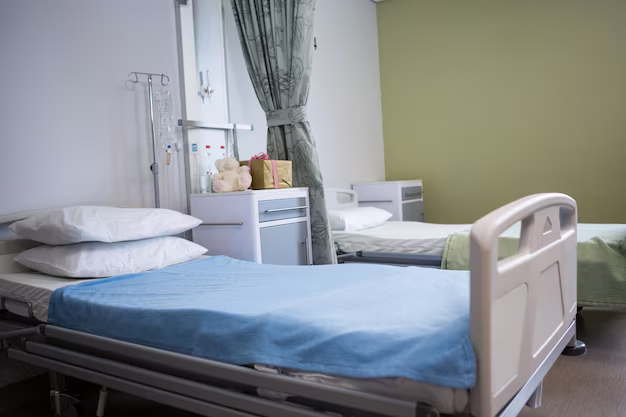Do Medicare and Medicaid Patients Share Rooms? Here’s What You Need to Know
Navigating the world of healthcare can often feel like traversing a labyrinth, especially when trying to understand whether Medicare and Medicaid patients share rooms. This question is more common than you might think, as these government insurance programs feature distinct differences yet intersect in healthcare settings like hospitals and nursing homes. Understanding how room sharing works under these insurance plans not only provides clarity but can also inform decisions about individualized care and financial preparedness.
Room Sharing in Healthcare Facilities
In healthcare facilities like hospitals and nursing homes, the prospect of room sharing for Medicare and Medicaid patients depends on various factors, including the type of coverage, facility policies, and patient medical needs.
Medicare, predominantly serving those over 65 and individuals with disabilities, covers hospital stays based on medical necessity, not room arrangements. Hence, whether you have a private or semi-private room can depend on your specific requirements, the facility’s availability, and your willingness to cover additional costs.
Medicaid, which supports low-income individuals and families, typically favors shared room arrangements. This government program often reimburses facilities at rates that allow for less luxurious accommodations unless medically necessary.
Factors Influencing Room Assignments
Several elements influence whether a Medicare or Medicaid patient would share a room:
Medical Necessity: For both Medicare and Medicaid, patients may be assigned private rooms if medically justified — for instance, if they require isolation due to contagious illness.
Facility Policies: The policies of individual hospitals or nursing homes often dictate room sharing arrangements.
Coverage and Costs: Medicare beneficiaries who desire a private room typically need to pay the difference if no medical necessity exists. Medicaid recipients, on the other hand, might have more restrictions due to state budget constraints.
Understanding these factors helps patients and their families set realistic expectations regarding hospital stays and potential out-of-pocket costs.
Bridging the Gap to Financial Preparedness
Once you comprehend the logistics of room sharing under Medicare and Medicaid, it’s prudent to explore related financial assistance options that cater to diverse healthcare needs. Here are several resources and strategies to consider:
Dual Eligibility: Some individuals qualify for both Medicare and Medicaid. This dual status can offer extended benefits and reduce out-of-pocket expenses significantly.
Medicare Savings Programs: These programs help decrease the various outlays associated with Medicare, including premiums or out-of-pocket costs.
Exploring these avenues not only helps patients secure better healthcare arrangements but also fosters peace of mind knowing that there are support systems in place to buffer unexpected expenses.
Financial Assistance and Support Programs
For those seeking additional financial aid, numerous resources can alleviate the pressure associated with healthcare costs:
🏥 Medicare Savings Programs (MSPs): Assists with Medicare costs, including premiums, deductibles, and co-payments.
💊 Medicaid Expansion: In some states, extends Medicaid coverage to more low-income adults.
🏦 State Pharmacy Assistance Programs (SPAPs): Helps pay for drug coverage and may cover coinsurance under Medicare Part D.
📚 Educational Grants: Available for those interested in pursuing education in healthcare management, which can offer in-depth comprehension and control of insurance and healthcare systems.
🛠️ Debt Relief Services: Specialized services can aid in managing and reducing medical debt.
Understanding these options not only prepares individuals for unexpected healthcare scenarios but also provides a roadmap toward stabilizing and improving financial health. These programs support those striving to achieve better living conditions amidst the complexities of healthcare insurance and room allocations.

Related Topics
- a Medical Provider That Accepts Medicare Assignment Must
- a Medical Provider That Accepts Medicare Assignment Must Quizlet
- a Medicare Patient Received Treatment That Isn't Covered By Medicare
- a Medicare Patient Receives Treatment That Isn't Covered By Medicare
- a Medicare Supplement Basic Benefit Is Quizlet
- a Medicare Supplement Companies
- a Medicare Supplement Policy Is Quizlet
- a Medicare Supplement Policy Must Not Contain Benefits Which
- a Patient Received Treatment In August Medicare
- Am I Eligible For Medicare